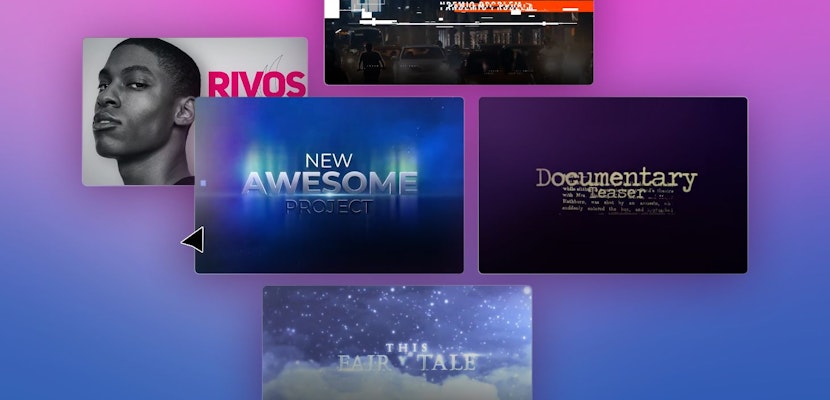It’s pretty clear that the future of the internet and computing is in mobile. In fact, it’s estimated that there are over 2 billion smartphone users in the world today.
And as more and more smartphones get purchased, more and more apps get made. And as more and more apps get made, design becomes ever more important. Everyone wants to stand out, and one of the key ways to do this is through smart and professional animation within your app.
Some of you may already have created animations for smartphone uses. There are lots of ways to do this, but perhaps the simplest method for working inside of After Effects to create animations for mobile is the new Squall extension.
Let’s take a look at what Squall is all about.
The Premise
Squall is a plug-in for After Effects, that will convert vector animations into iOS code on the fly. And, with the proper companion app, Squall will let you preview your animations on your phone without leaving After Effects.
If this sounds like magic, it seems that way to us too.
The Details
Although Squall can make designing and animating for mobile devices super easy, the setup isn’t necessarily for beginners.
To fully utilize the functionality of Squall, you’d need a copy of After Effect CC 2015 or later (so pretty current). You’ll also need to install the Squall SDK which in itself needs a working copy of Xcode 7.0 or later to work. And then you’ll need the Squall app for iPhone to see your previews. This requires at least iOS 8 to work. At this time, Squall only works with iOS devices.
Luckily, Squall developer and designer Marcus Eckert has included a handy installation guide on the Squall site for help gathering and installing everything you need.
Once everything is installed, you’ll need to give the extension network access and the ability to output animations so you can see the previews on your mobile device.
When working with animations in the Squall extension, you can output files that will be interpreted by the SDK for the app, or you can use clipboard mode to copy and paste the generated code.
A number of properties will work in the animation, but not all. For example, linear, bezier, and hold keyframe interpolations will all work with both the Squall animation and Core animation types.
Transform properties like position, scale, opacity, rotation, and visibility all work as well. And Eckert states that 3D animations are supported but can vary greatly from After Effects.
In other words, expect to have to experiment some when creating your animations and converting them for the iPhone.
The Conclusion
Squall looks to be a great step in bridging the gap between animating in After Effects and applying animations to code for mobile apps. But perhaps it’s just the start.
The extension is brand new, and from discussions on the app’s Facebook page, it looks like there are a few bugs to work out still.
Also, the process of installation and all of the required tools, don’t make it super user friendly for beginners.
However, when working properly, Squall seems to save a lot of energy and time for animators focusing on the specific task of creating animations for iPhone apps. And it will be interesting to see further development of Squall down the line or to see what other developers come up with along these lines.
If you’d like to try Squall, you can download the free trial, which limits animations to one second. And if you are eager to use Squall for some of your own projects, you can buy the extension for $99 from Squall’s site.
The Squall iPhone app and SDK are free to download as well.
For more information or to buy the extension, visit Squall.no.
We are very curious to know how many of our readers are animating for mobile apps, and to get your feedback on an extension like this. Leave us a comment below to let us know your thoughts.



























